How BikeExchange Brings Brands, Distributors, Dealers and Consumers Together
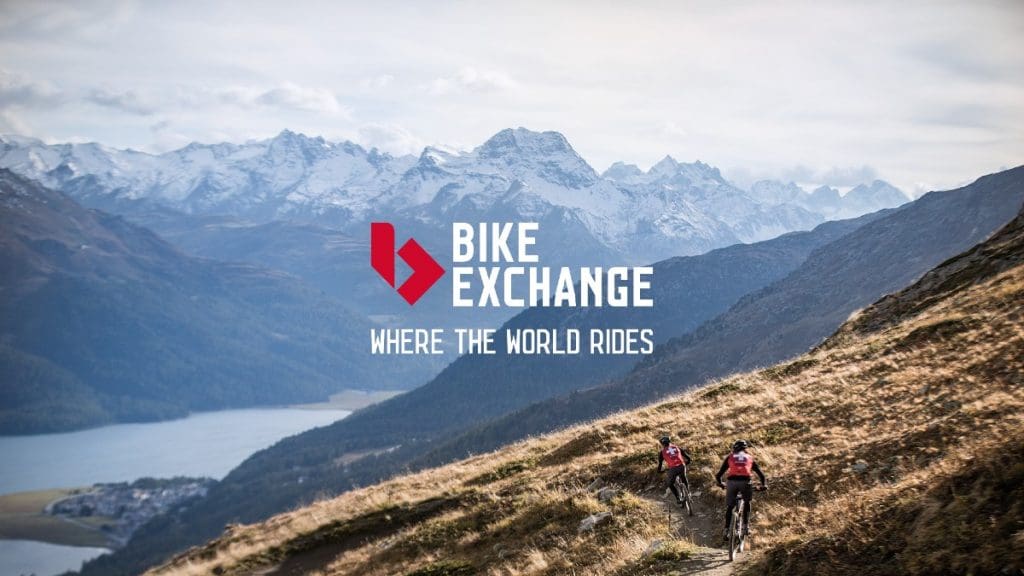
– Sponsored Content –
Welcome to the first of a two part series that will give you unprecedented data and insights into a ‘true blue’ Australian-born global cycling success story, BikeExchange.
In Part One you’ll learn about the foundations and amazing reach today of the BikeExchange marketplace platform. Next month in Part Two of this series we’ll examine the rapidly changing face of our market and the solutions BikeExchange has developed to help existing wholesalers and retailers continue to be key players.
Our guide through these sometimes complex topics is Mark Watkin, Global CEO of BikeExchange.
The term ‘Global CEO’ is certainly not pretentious in the context of BikeExchange, which is currently active in eight countries, structured into four hubs: Europe (Germany, Belgium, Netherlands), North America (USA, Canada), South America (Colombia) and ANZ (Australia, New Zealand).
Although Australia is still home and BikeExchange has an increasingly strong presence in the Australian market, these days BikeExchange employs staff internationally across the four hubs.

We started by asking Mark to share his professional background and how he came to be running BikeExchange.
‘I joined about two and a half years ago,” I’d spent 20 years running creative and advertising agencies, in Melbourne and London.
“I was about to start another role when I got introduced to Sam (Salter) and Jason (Wyatt, the co-founders of BikeExchange) who were looking for someone to run BikeExchange globally.
“I’ve always had a big background in sport. I was a rower for 20 years and that’s how I came into cycling as a form of cross training. I’ve also been a bike commuter for 30 years, so bikes have always been a big part of my life.
“I had not worked in the bike industry before but Sam, Jason and I all believed that was a good thing, to bring in some fresh eyes.
“The opportunity with BikeExchange was the perfect challenge for me. The chemistry was good and I liked the purpose and origins of the business.”
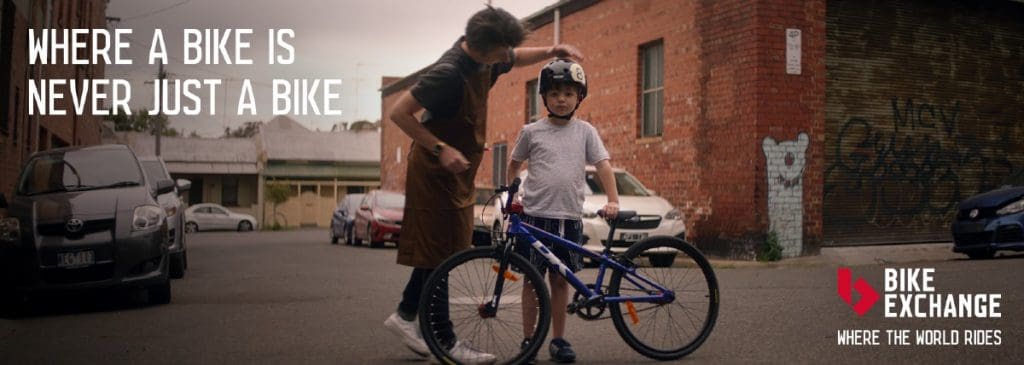
How Can BikeExchange Help Dealers?
“BikeExchange is a single destination that allows consumers to find, enquire and buy anything to do with cycling, bikes and accessories,” Mark defined.
“Our purpose is, We fuel the passion for riding by making it easy to buy and sell. “For a cycle store, we want you to sell more product and reach more people. And for the consumer, we want to make it easy for you to find the right bike or accessory.
“The really important thing is that many consumers out there do not know where to start! We see this with the type of questions that people are asking.
“For many people, cycling is quite technical and it can be somewhat intimidating. Our role is helping to demystify that journey and give them a start point through to retailers, whether instore or online for all types of riders and create a successful purchase of a bike or related product.
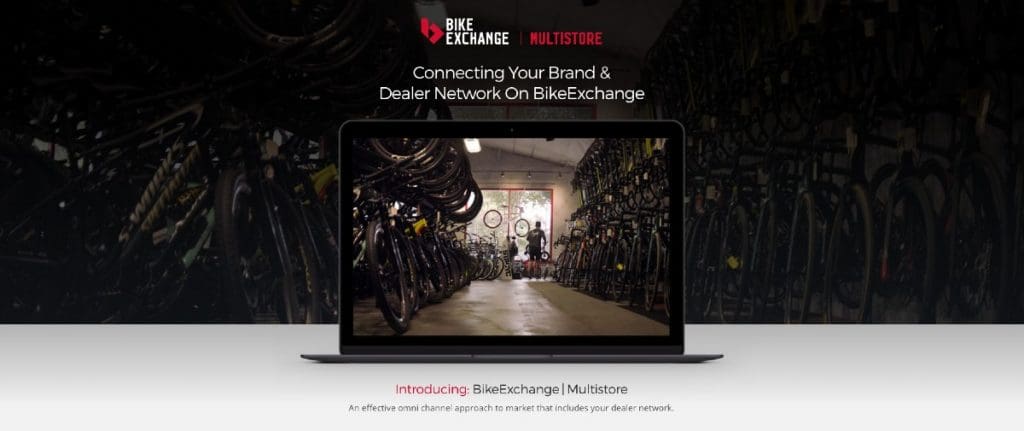
A Virtuous Cycle
Technology and consumer values have changed the consumer journey significantly resulting in further fragmentation from traditional retail models. BikeExchange is supporting the industry in this changing world, by bringing together the brands, distributors, dealers and consumers. This all takes a lot of sophisticated software, systems development, investment and sheer hard work.
Over the 13 years since it was founded, BikeExchange has grown to a scale that it can successfully tackle this daunting task. There is a deep level of interaction with Australia’s bicycle dealers, brands, distributors and consumers.
Bike Exchange’s website is currently listing 668 bicycle stores and associated industry retailers throughout Australia.
“All of those will be trading with us in some capacity,” Mark explained. “We are working with brands and distributors connecting up their dealer bases and making stock available across the dealer base. Connection and inclusion is important for the brands and their retailers.”
The Brand Multistore program is a key addition in the past 18 months to the BikeExchange platform and this essentially gives retailers more opportunity to sell more stock – we’ll be exploring this in more detail in the second article of this series.
Broadening the Cycling Market
“Globally we have a terrific team of 50 people of which 13 are in Australia,” Mark continued. “There are different skills and we share our resources around the world. The team don’t just do work for the hub in which they’re located, it’s a global team.
“Our staff count used to be higher, but one area we worked through was the sale of CyclingTips (an Australian founded global leading website focusing on road cycling, particularly pro road racing) to Pinkbike (a USA based cycling media business).
“That was an important decision. Content creation (cycling media) is a different and expensive business. It didn’t make sense for us to keep investing in this, we wanted to focus on our core business of running the marketplace.
BikeExchange still creates and invests in content creation. But now it is much more focused upon meeting the direct needs of their broader segments of consumers that we discussed previously, who make up the bulk of the market.
“Our Explore & Learn blog does very well,” said Mark. “A quarter of our entire website traffic goes through the blog. For example, there are comparison articles on mountain bikes, ebikes, how to buy a children’s bike and product reviews. It’s an entry point into the site. It’s a big part of what we do and we have dedicated staff working on this. We create content including video. Our content gets translated into local languages for our different markets.”
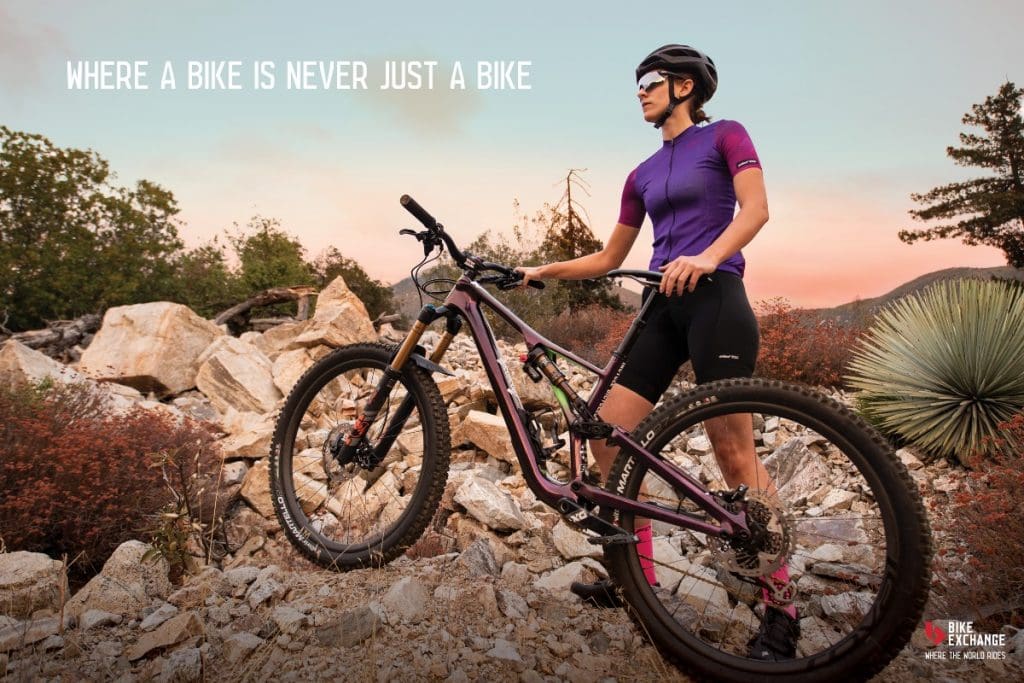
One of several key shifts that BikeExchange has been making during Mark’s tenure as CEO is to broaden the scope and recognise the many important segments that make up the total market. He sees a huge opportunity for everyone to grow the entire market through recognising that literally everyone can cycle regardless of their ability or circumstances.
“Cycling needs to be reframed,” he explained. “For a lot of people, they automatically think of lycra and road cycling. That’s a terrific pursuit and a large audience. I love it and do a lot of it, but there are so many different opportunities and ways that you can cycle. I think this gets easily forgotten.
“Cycling is also a mode of transport, which is completely different to most other sports. It’s perfectly fine to just get on a bike for a short trip, in everyday clothes.
“Then there’s mountain biking. It’s now a bigger category for us than road. Over 40% of searches on BikeExchange are mountain bike related and 10% and growing across e-bikes and gravel bikes.
“You can’t put everyone into one box. We use the word ‘segmented’ a lot. We’ve done a huge amount of work over the past 18 months or so to segment our audience so that we can personalise their journey.
“For example if you come to the site and buy a mountain bike, we want to start and have a good conversation with you over the following weeks around relevant products or information and present things that are relevant to you, such as mountain bike tyres or other mountain bike related information.”
Covid-19 Accelerates Growth
“In the past 12 weeks (to mid June 2020) everything has accelerated significantly, across markets,” Mark said. “Traffic has almost tripled globally, since before COVID-19 without us spending a single dollar on any marketing. We have been seeing 3.6 million sessions globally per month, and over one million of those are in Australia.”
“Our e-commerce trading is up 450% since before COVID-19 started. That’s the value of transactions on BikeExchange globally. For Australia it’s up about 350%.
“40% of the transactions are bikes – click and collect, e-commerce purchased and deposit only, where the customer says, ‘I’ll put a deposit down on that bike, but I’ll come into the store, make sure the sizing is right and pay the balance in store.’
“We look at all the enquiries that come through the site. They’re almost all highly considered enquiries. They’re serious buyers. So if they can be converted properly, that’s a sale for a store or brand. Conversion of enquiries into sales has gone up significantly in the past 12 weeks and it has proved that the BikeExchange model works for brands, distributors, dealers and consumers. The conversion of enquiries is an important area, we have been working on plenty of initiatives soon to be launched that will further assist stores.
“Not every store is e-commerce enabled, but we’ve seen the number of traders who do e-commerce transactions increase dramatically over the past 12 weeks.”
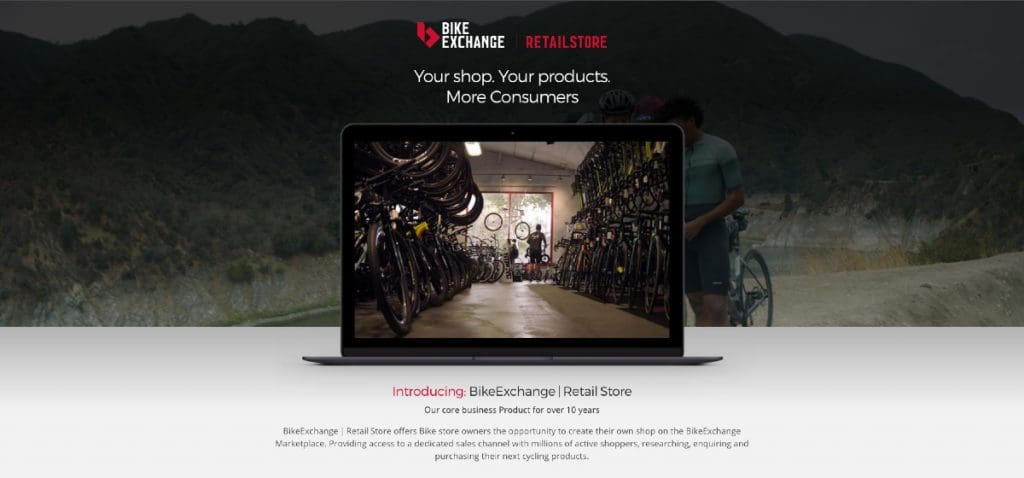
Debunking Misconceptions
We concluded part one of this series by asking Mark to address some perceptions that dealers may have had in relation to BikeExchange over past years that do not reflect reality today.
The first is that BikeExchange is largely about creating a marketplace for consumers to buy and sell second-hand bicycles and P&A, which could even erode new bike sales.
Mark responded, “About 98% of our market is new products and only 2% second hand. We do facilitate consumers selling their second-hand items via our classified area that will keep going and evolve further – and we welcome this as it can support the upgrade to a new bike.”
A second objection we’ve heard over past years is that the platform forces dealers to compete upon price against other retailers who advertise the same product but don’t have the stock, unlike the first retailer who has invested in the stock and it’s assembled and displayed, ready for immediate sale.
“We’ve eradicated that,” Mark said. “Our team regularly goes through any suspect listings. I think that it was a legacy problem and I know a lot of work went into stopping it by communicating with the retailers and industry. By working together, it stopped.
“Also, with our new multistore scenario, the stock is being held centrally by the distributor, which helps with availability, consistency and promotion. The stock is shipped to the store for a consumer pick up.”
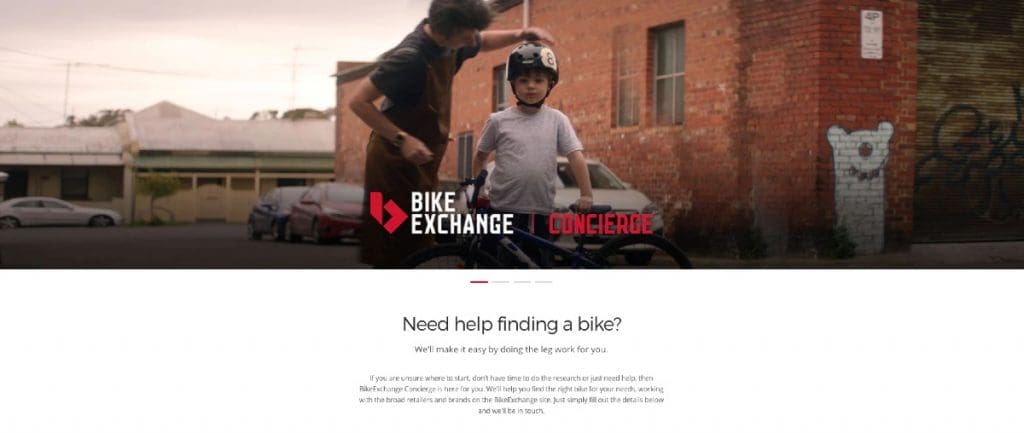
A final comment heard from bicycle retailers in the past is that online marketplaces induce a race to the bottom when it comes to price.
Mark responded, “Price is always going to come into consideration for a consumer. But consumers importantly want choice, ease and they want value.
“We’re not creating a race to the bottom. We don’t set any prices. You’ve got a spectrum of products for different parts of the market. We are of course creating online transactions, but a big part of our business is also generating the lead and sales enquiry and converting this to a sale.
“We provide highly considered leads, which are great for stores to convert to sales. This is another area where we have been investing a lot of time and energy into over the past 18 months.”
In Part Two of this series we’ll examine the rapidly changing face of our market and the solutions BikeExchange has developed to help existing wholesalers and retailers continue to be key players in this brave new world.
If you’re a bicycle retailer or wholesaler who would like to learn more about which BikeExchange service might best benefit your business then please contact info@bikeexchange.com.au and 03 9257 3200.
Summary of BikeExchange Traffic & Key Data
Global Annualised Traffic Across Eight Countries:
- 38 million sessions
- Approximately $195 million in monthly sales leads and enquiries globally from approximately 120,000 monthly enquiries
- Approximately a 450% increase in global transactions and trading since COVID-19 started.
Australian Annualised Traffic & Key Statistics
- 13 million sessions
- An average of five pages viewed per session
- Average time on site 4 ½ minutes
- 70% male / 30% female users split, with the female proportion growing
- 3.5 million searches per month on and approximately 32,000 sales lead enquiries coming through the site.
Australian Sales Lead Enquiries:
- Monthly enquiry value: $55 million to Australian bicycle retailers and brands
- 57% of enquires and sales leads are Mountain Bikes; 10% e-Bikes (and growing)
- E-Commerce: 450% increase in E-commerce Transactions since COVID-19 started.
- 45% of monthly total transactions are bikes, 55% P&A
Within the 45% of bicycle e-commerce transactions, the top categories include:
- 23% MTB
- 20% Frames
- 19% Road
- 14% Gravel / Cyclocross
- 10% Children’s
- 7% E-bikes
Definitions and Notes Relating to Data
‘Sessions’ refers to each time a user goes onto the BikeExchange platform.
All dollar amounts are in Australian dollars
‘Annualised’ refers to taking the latest monthly data and multiplying it by 12 to get an pro-rata annual rate.
Selected Key Links
Link here to see a the BikeExchange Brand video that explains the essence of the BikeExchange.
Link here to see an online summary of BikeExchange’s full technology product suite.
